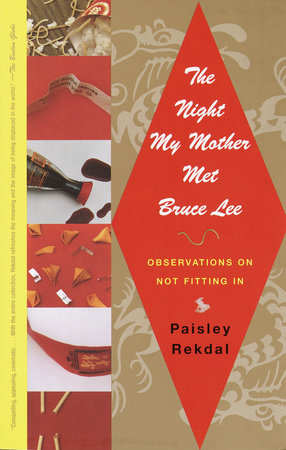Colorblind parents could handicap their biracial kids
The Grio
2010-09-16
Jennifer H. Cunningham
When he was still a toddler, Rebecca Romo’s son, Emilio asked her why his skin was darker than hers.
The now 8-year-old Emilio, who is of Mexican and African-American heritage, also went through a stage where he hated his hair, telling his mother that he wished it was straight and blonde instead of curly and brown.
Romo realized that Emilio had been exposed to — and possibly internalized — what many perceive to be a normal standard of appearance. It was a standard that didn’t look like him.
“I had to reinforce a positive image that curly hair was beautiful,” said Romo, Mexican-American sociology doctoral student at University of California, Santa Barbara. “I would have to constantly tell him that. I realized that I had to start with him very young in fostering a positive self-image.”…
…Non-African-American mothers with biracial children can struggle not only with issues like hair and skin tone, but also with intangible matters, like fostering a sense of African-American identity or heritage in their children. And that can be especially difficult for single, non-African-American mothers.
“To me, honesty and being straightforward is really critical,” said G. Reginald Daniel, Ph.D, professor of sociology at the University of California, Santa Barbara. “When a child raises a question, it needs to be addressed immediately.”
Daniel said it is key that parents address their children’s questions about race, racial differences and racism in an empathetic manner, but also in a way that the child can understand. They may believe that by not addressing the child’s query that they are shielding the child or sharing their pain. But in reality, ignoring their concerns can do the exact opposite…
Read the entire article here.
